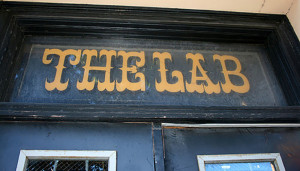Last week it was announced that Bay Area curator Dena Beard, outgoing assistant curator at Berkeley Art Museum and Pacific Film Archive, will assume the role of executive director at The LAB beginning August 1. In a time when the economic threat to nonprofit organizations is of paramount concern, it is uncommonly exciting to hear plans to revitalize one of the city’s legacy experimental spaces.
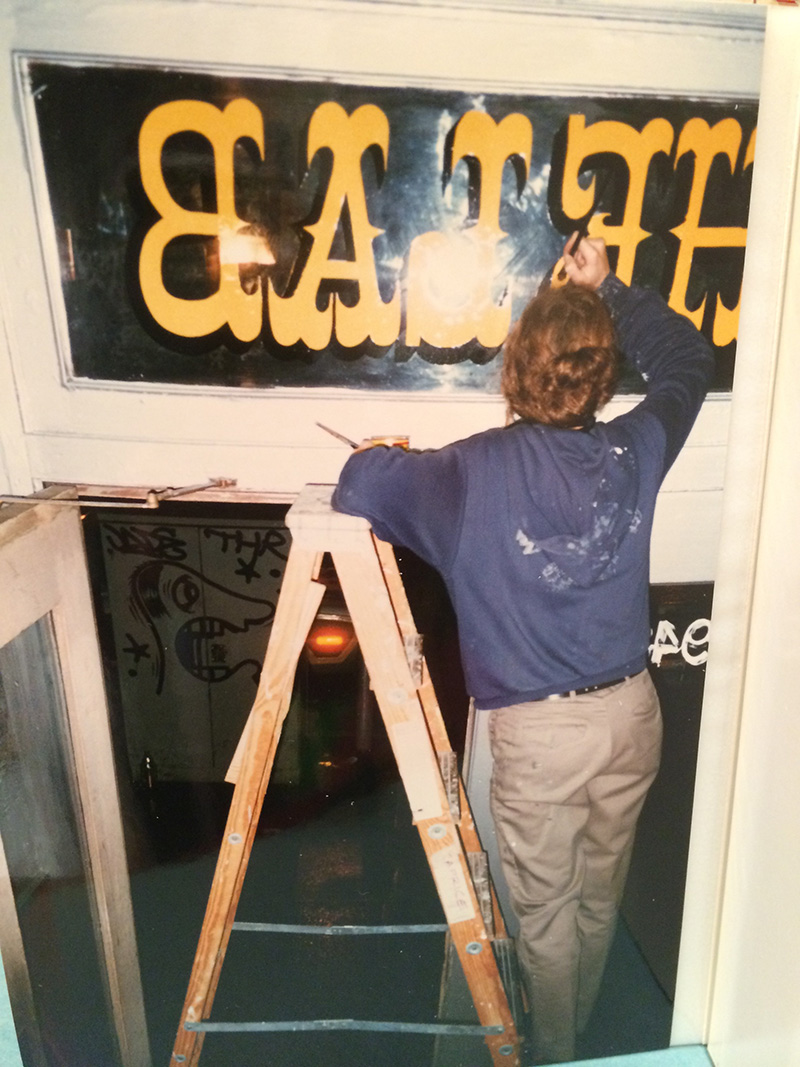
In its 30-year history, The LAB has been widely known for showcasing radical, edgy, experimental music, performance art and visual art. The list of artists is too vast to go into here, but a sample includes Bruce Connor, Karen Finley, Guillermo Gómez Peña, Margaret Kilgallen (whose hand lettered sign graces the entrance), Barry McGee, Survival Research Laboratories, Rex Ray and Pamela Z, among many others. Co-Lab, as it was originally called, was founded in 1984 by a group of art students from San Francisco State University; by 1985 it was known as The LAB. In 1995, it moved from its original space on Divisadero to its current location in the historic Redstone Building in the Mission District.
The Redstone Building, previously known as The San Francisco Labor Temple, originally housed 22 labor unions and was an instrumental site in the planning of the 1934 San Francisco General Strike for better working conditions and enforcement of the 40-hour work week. In 1996, the LAB partnered with Aaron Noble of Clarion Alley Mural Project to produce a series of murals on-site created by artists and building occupants. The murals, still visible today, feature work by Carolyn Castano, McGee, Ruby Neri and Rigo ’96, among others.
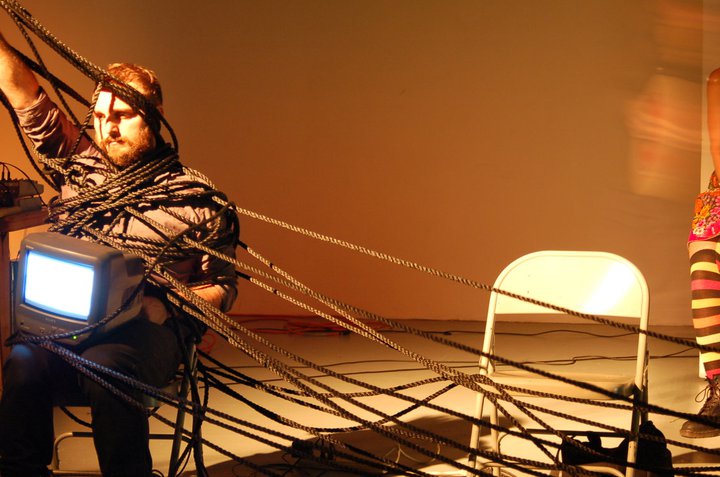
In recent years The LAB had foundered due to “inexperienced leadership,” in Beard’s words, compounded by the absence of strategic planning and fundraising. Also, taxes weren’t properly handled and fees began to accrue. A year ago, Beard secured pro-bono services from a team of lawyers to free the organization from its debt to the IRS and to arrange a feasible repayment plan. She has also laid the groundwork to confront the financial challenges ahead with careful planning and a bevy of allies, including many of the artists historically invested in the organization. Alan Millar, one of the LAB’s founding artists, is returning as board president this year.
“I want LAB audiences to be inspired by the way we work, not just what is produced,” said Beard in an e-mail. The first phase of programs under her leadership will consist of projects that re-think the model of a non-profit art space, through considerations of its physical facility, its histories and its space in the online environment.
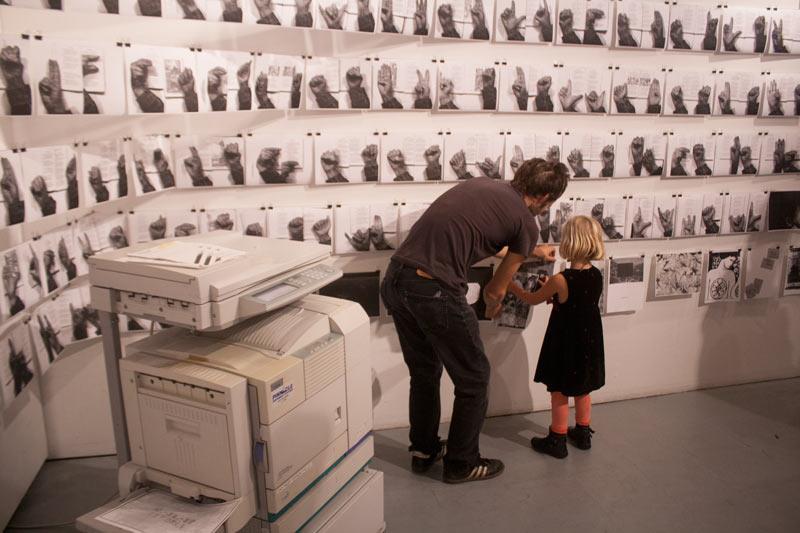
Beard is thinking about the programming ahead in terms borrowed from much of the current debate around grassroots efforts. The first exhibition and series of programs will coincide with the 100th anniversary of the Redstone Building. A much needed renovation of The LAB’s gallery and performance spaces will highlight the raw space by adding wall labels that detail the labor of artists who participated in the refurbishment; and a series of programs will engage union leaders, scholars, and activist/artists. In October, there will be a series of “alternative archiving events” aimed to exhume past projects, including a séance for the Maria Nordman Archive and meetings of The Rat Bitches Protective Association (in honor of Jay DeFeo, Bruce Connor and others).
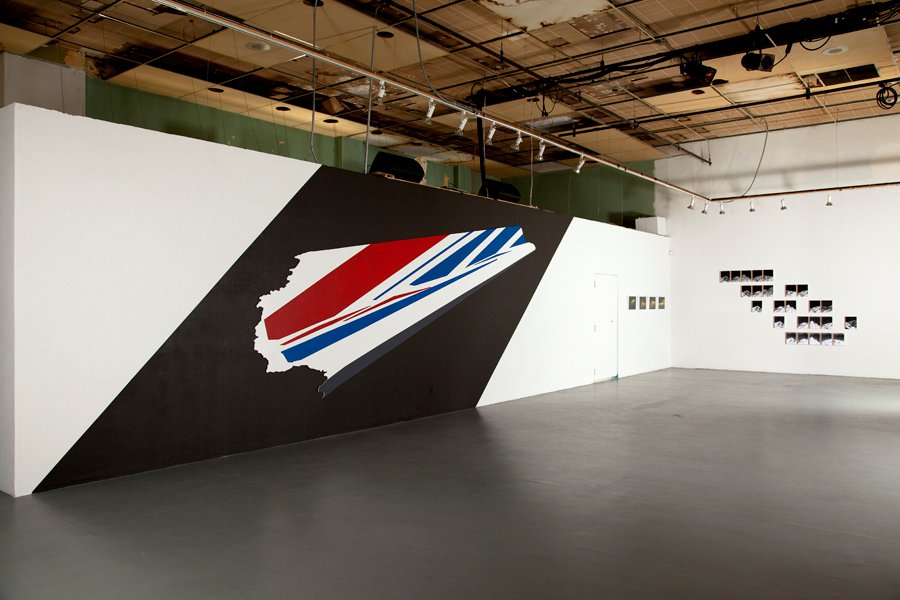
The decision to revive The LAB comes at the height of national dialog about whether or not to “sunset” failing nonprofits. The continuing discourse on the subject recently reached a fever pitch after an article by Devon Smith titled “We should allow failing arts organizations to die” was widely circulated online. Responding to this debate, Beard said, “Risks need to be taken to keep the non-profit fresh and relevant in the communities they serve. With a new strategic plan and a refresh of its mission, The LAB will really become both a current and historical resource for the San Francisco community.”
